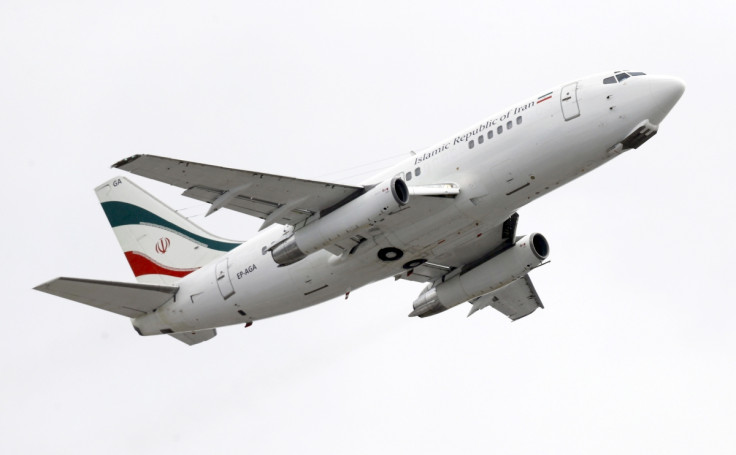Anguished relatives waiting for news about victims of Iran plane crash
66 people were killed in the Aseman Airlines plane crash on Sunday, 18 February.
Relatives of the 66 people, who were on board an Aseman Airlines passenger plane that crashed en route from Iran's capital Tehran to the southern city of Yasuj in severe weather conditions, are agonisingly waiting for any news about the victims. Emergency measures have been set in motion but they are being hampered by bad weather conditions.
An ATR 72-500, a twin-engine turboprop operated by the Aseman Airlines, came down in a mountainous region in southern Iran on Sunday, 18 February. Cause of the crash is still not known yet.
The plane was carrying 60 passengers, two security guards, and four crew members when it crashed in the Zagros mountains.
"The weather is currently cloudy and rainy and rescuers are searching for the plane but they have not sighted it yet. Despite the poor weather conditions, relief groups are continuing their search," said Mojtaba Khaledi, a spokesman for Iran's emergency services.
Emergency personnel have reached the crash zone via land and are still looking for plane's wreckage. "Please pray for them to come back alive," an aggrieved family member was seen telling a state television. Images of frantic scenes at the Yasuj airport were also shown on the TV network.
State-backed broadcaster IRIB said: "With the wind intensifying, and with snow, rain and darkness, it is not possible for rescue and relief teams to reach high altitudes and the search operation has been postponed until tomorrow. Five helicopters are on alert to resume the search at dawn if the weather conditions are better."
The crashed plane was a 25-year-old aircraft and underscores the conditions of Iran's aviation sector. For several years, the country has been barred from purchasing from components for aircraft as part of punishing economic sanctions over its nuclear programme.























